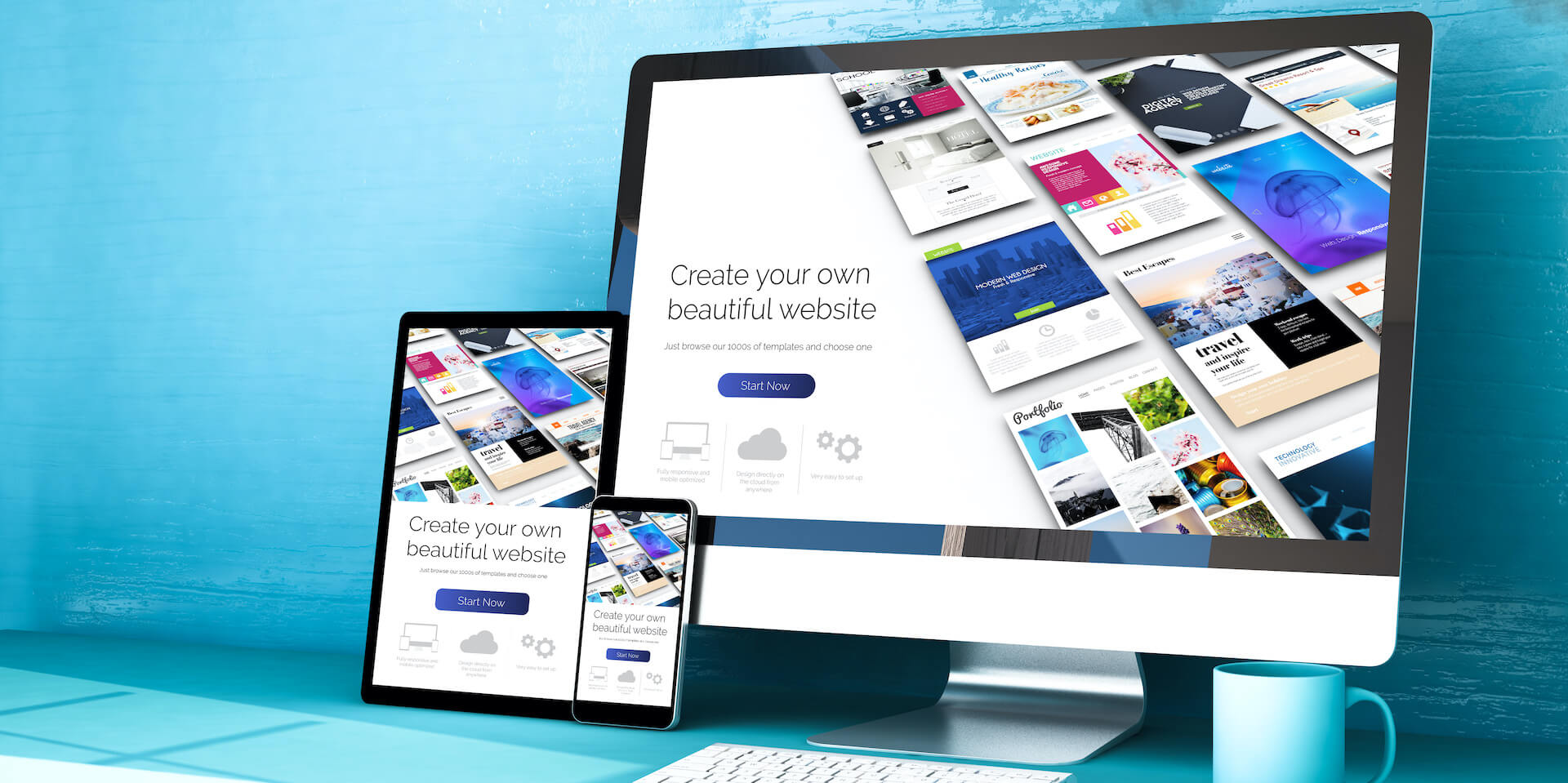Facing a skeptical client can be one of the toughest challenges in web design. It’s not only about presenting aesthetics but about communicating how your creative direction aligns with their business needs. To build trust, you need to bridge the gap between your expertise and their expectations. Here’s how you can do it effectively.
Listen First
Start by truly listening to the client’s concerns. This builds respect and allows you to understand their priorities and reservations. Ask clarifying questions like “What outcome are you hoping for?” or “Is there anything specific you’re unsure about?” Acknowledge their concerns and show empathy before explaining your design logic. Once they feel heard, they’re more open to considering your solutions.
Explain UX
Many clients may not know what user experience (UX) really means. Explain it simply: UX is about how a visitor feels while navigating their site. Describe how your design makes the experience intuitive, engaging, and conversion-friendly. Share insights from user flow, wireframing, and usability testing. Emphasize that improving UX directly impacts user retention, engagement, and business outcomes.
Showcase UI
UI, or user interface, is the visual and interactive part of the design. Explain how your choice of typography, color palette, spacing, and imagery serves both form and function. Use mockups or prototypes to illustrate how every element contributes to a smooth, brand-aligned user journey. Let them see how design isn’t just decorative—it’s purposeful and strategic.
Discuss Functionality
Walk your client through the site’s key functions: navigation, responsiveness, call-to-action buttons, and load performance. Help them understand that every layout decision supports usability across devices and screen sizes. Good design is more than appearance—it’s about performance, accessibility, and delivering a consistent experience to the end user.
Present Data
Even if you’re not using raw statistics, present web design trends, behavioral patterns, and best practices. Talk about user scanning behavior, effective layout strategies, or how visual hierarchy improves engagement. Showing that your decisions are backed by industry knowledge shifts the conversation from subjective opinion to informed reasoning.
Offer Revisions
End the discussion by emphasizing collaboration. Let them know their input matters and that revisions are part of the process. This reassures them that they’re not locked into a final design. Being open to feedback shows flexibility, builds trust, and ensures a better outcome for both sides.





